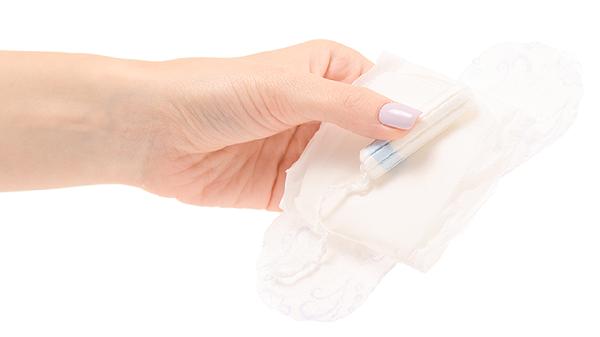Low intensity exercises such as walking, yoga, Pilates, swimming, and light strength training can be chosen for weight loss during menstruation. Menstrual exercise should avoid high-intensity or abdominal compression movements, pay attention to keeping warm and replenishing moisture. During menstruation, women's bodies are in a special stage where endometrial shedding is accompanied by changes in hormone levels, which may cause discomfort such as fatigue and lower back pain. At this time, the intensity of exercise should be reduced compared to usual, and choosing a soothing aerobic exercise is more suitable. Walking has low requirements for the venue and is safe and gentle, which can promote blood circulation without increasing the burden on the body. Yoga helps alleviate menstrual back pain through gentle stretching, but it is necessary to avoid postures that involve inversion or excessive compression of the abdomen. Pilates emphasizes core control and respiratory coordination, which can improve blood circulation in the pelvic area. The swimming water temperature should be kept appropriate, and buoyancy in the water can reduce joint pressure, but attention should be paid to hygiene and protection. Mild strength training such as low weight dumbbell exercises can maintain basal metabolism, but the frequency of abdominal training should be reduced.

Some women have mild menstrual reactions and good physical fitness, and can maintain moderate intensity exercise in their daily lives, but need to adjust in a timely manner based on physical feedback. Running can be changed to jogging and the time can be shortened to avoid excessive jumping movements that worsen pelvic congestion. When riding a bicycle, the resistance should be lowered and the duration should be controlled. The choice of seat cushion should be comfortable and avoid compression. Dance sports can retain basic steps but reduce rotation and jumping, preventing dizziness and imbalance. High intensity interval training, weight-bearing squats, sit ups, and other exercises that can easily cause sudden increases in abdominal pressure should be suspended. If dizziness, abdominal pain or abnormal increase in menstrual flow occur during exercise, stop immediately and rest.

It is recommended to warm up and stretch before and after exercise during menstruation, wear breathable and warm sportswear, and avoid catching a cold. It is advisable to control the exercise time at around half an hour, and it can be done in small amounts multiple times. Pay attention to supplementing iron containing foods such as lean meat and spinach in diet, and avoid raw, cold, and stimulating foods. Maintain sufficient sleep and a happy mood, and gradually resume regular exercise intensity three days after menstruation. If there is severe dysmenorrhea or gynecological disease, a doctor should be consulted before developing an exercise plan.







Comments (0)
Leave a Comment
No comments yet
Be the first to share your thoughts!